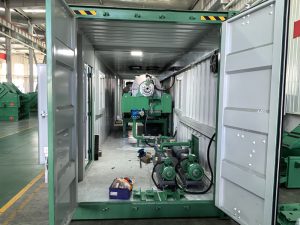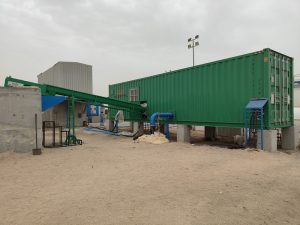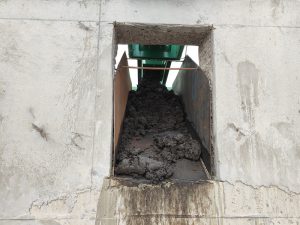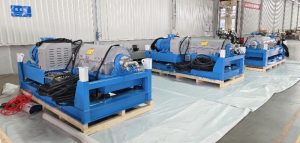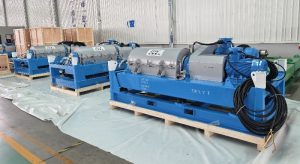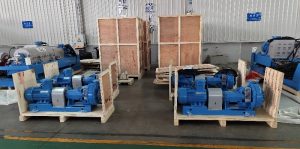Two sets of GNLW363D-VFD decanter centrifuge and one set of GNLW453D-VFD decanter centrifuge, manufactured by GN Solids Control, were recently shipped to an Asia-based drilling company for drilling mud treatment operations.
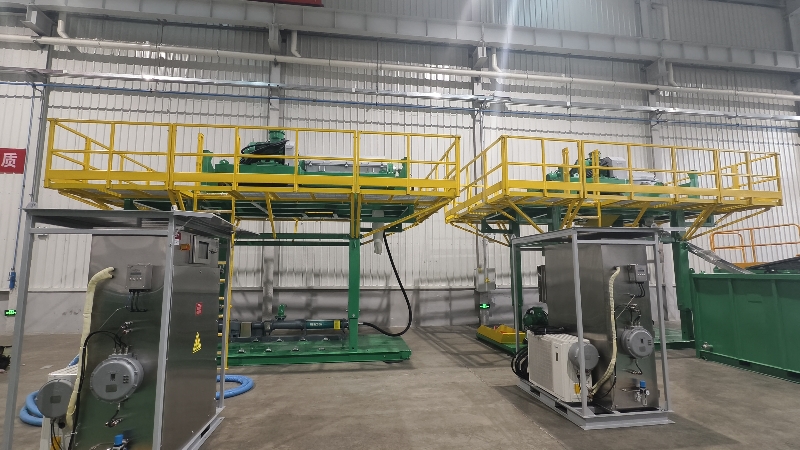
These units are equipped with advanced Variable Frequency Drive (VFD) technology, providing precise control over the centrifuge’s speed and performance, which is crucial for optimizing the drilling fluid treatment process.
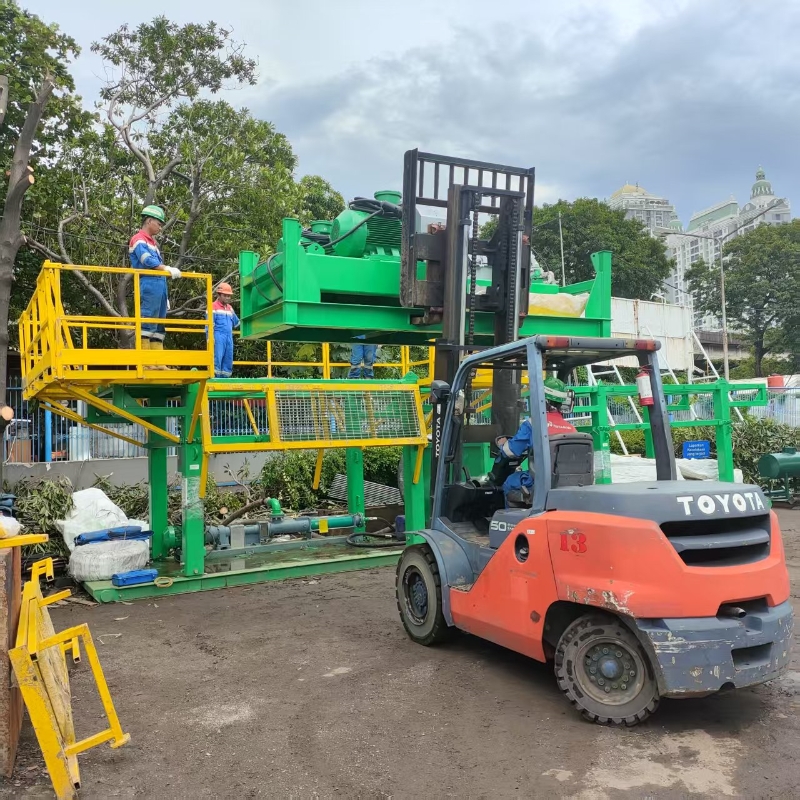
The VFD centrifuges come with a complete control system, enabling the user to easily adjust the centrifuge’s bowl speed, conveyor speed, feeding flowrate and operational settings according to the specific needs of the drilling operation. This flexibility ensures consistent solids separation and enhanced performance in the treatment of drilling mud. The VFD technology also improves energy efficiency by allowing the motor to operate at variable speeds, reducing power consumption while maintaining optimal separation performance.
Each centrifuge set includes a feeding pump (German brand NETZSCH screw pump), which is essential for supplying the proper flow of drilling fluid to the centrifuge. The feeding pump works seamlessly with the VFD centrifuge, ensuring a consistent and steady flow rate, which is key for effective solids removal. Additionally, the package includes telescopic skids, hoses, and pipes, all internally packaged for easy integration into the drilling operations. The telescopic skids allow for easy transportation and positioning of the centrifuge units at different drilling sites, which is especially important when moving between multiple rigs.
The provided hoses and pipes ensure proper connection and minimize the risk of leaks, facilitating smooth operation without interruptions. These centrifuges from GN Solids Control offer a reliable and efficient solution for managing drilling mud, improving the overall performance of the drilling operation while reducing environmental impact.
With the VFD control system, these centrifuge units provide enhanced operational flexibility, making them ideal for a variety of drilling conditions. The system allows for easy speed adjustments, ensuring that the company can maintain an efficient and effective drilling fluid system across multiple rigs and drilling operations. GN Solids Control continues to be a trusted manufacturer in the solids control industry, offering high-quality solutions for mud treatment.
